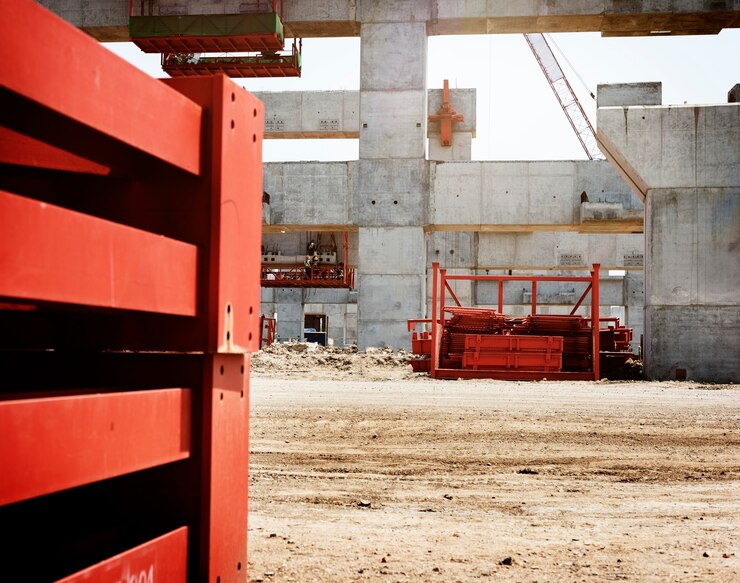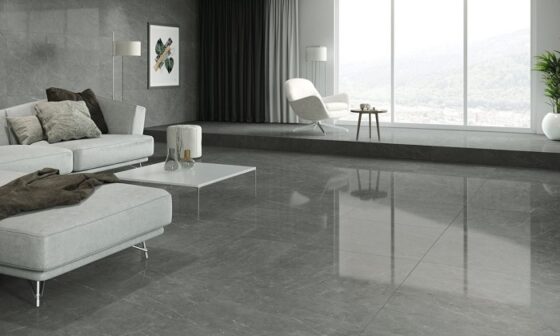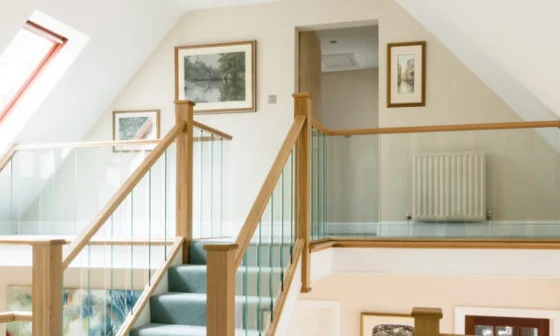
Precast building materials have become increasingly popular in the construction industry due to their benefits in efficiency, quality, and sustainability. These prefabricated materials are manufactured off-site under controlled conditions and offer many advantages over traditional on-site construction methods.
From structural elements to architectural finishes, precast building materials streamline construction processes and contribute to faster project delivery times.
Streamlining construction
Precast concrete products have helped to improve the construction process. For example, through advanced manufacturing techniques and high-quality materials, manufacturers like JP Concrete produce a wide range of precast components tailored to meet the specific needs of construction projects.
From precast concrete panels to beams, columns, and stairs, products can be designed to enhance efficiency and durability in building construction.
Benefits of precast building materials
1. Time efficiency
One of the primary advantages of precast building materials is their ability to speed up construction timelines. Since precast components are manufactured off-site in controlled environments, construction activities can continue at the same time, reducing overall project duration. This time-saving benefit is particularly advantageous in projects with tight deadlines or seasonal constraints.
2. Quality assurance
Precast building materials undergo rigorous quality control measures during the manufacturing process, ensuring consistency and precision in structural integrity. By eliminating potential unpredictability with on-site construction, precast components contribute to higher quality standards and reduced rework, resulting in better quality.
3. Cost Savings
While the initial investment in precast building materials may be higher than traditional methods, there are longer-term cost savings. By reducing construction time, labour costs, and material waste, precast components offer significant economic benefits over the life cycle of a building.
Additionally, the durability and low maintenance requirements of precast materials mean reduced operational expenses for building owners.
4. Design Flexibility
Precast building materials provide architects and designers with greater flexibility. With a wide range of shapes, sizes, textures, and finishes available, precast components can be customised to meet aesthetic preferences and functional requirements.
From intricate designs to complex structural elements, precast materials enable innovative design solutions without compromising performance.
5. Sustainability
Using precast building materials improves sustainability and environmental responsibility in construction. By optimising material usage and reducing construction waste, precast components help conserve natural resources and limit the environmental impact of building construction.
Additionally, the durability and energy efficiency of precast materials contributes to the long-term sustainability of built environments.
Applications of precast building materials
Precast building materials are useful across a wide range of construction projects, including residential, commercial, industrial, and infrastructure developments. From multi-story buildings to bridges, parking structures, and transportation facilities, precast components offer adaptable and flexible solutions for various construction needs.
Whether used for structural support, architectural cladding, or interior finishes, precast building materials enhance efficiency, quality, and sustainability in construction processes.
In conclusion, precast building materials play a crucial role in driving innovation and efficiency in construction processes. With benefits such as time efficiency, quality assurance, cost savings, design flexibility, and sustainability, precast components have become indispensable in modern building construction.


